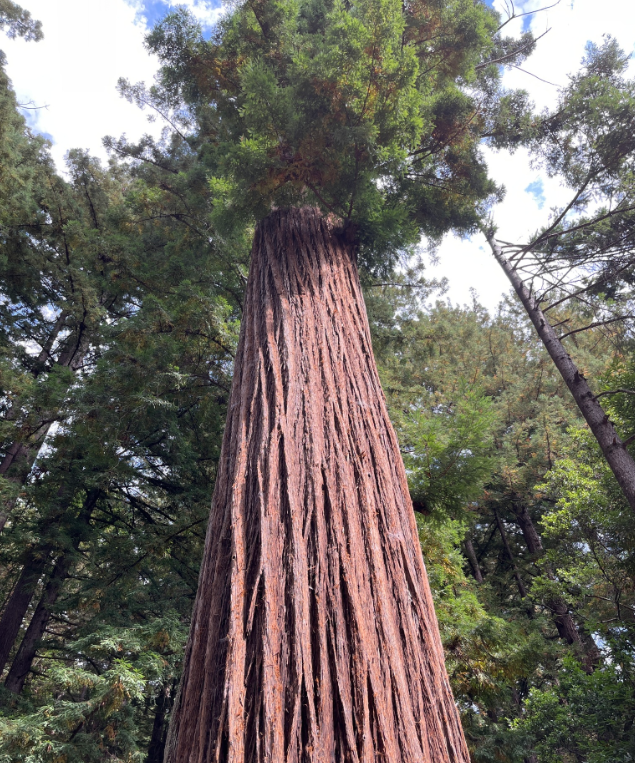Sequoia sempervirens
Coast Redwood
<
Habitat:
–––––––––--
Soil Types: They grow best in well drained, moist soils full of nutrients. They can tolerate occasional waterlogged soils, except when they are young. They can’t handle droughts.
Climate: They prefer cooler climates. They have a low tolerance of unseasonal frosts but can still handle colder temperatures and even snow in the winter. They can handle high winds but they prefer sheltered sites.
Sunlight:
–––––––––--
Prefers full sun.
Tolerate shade.
Size:
–––––––––--
60m up to 100m
More Info:
–––––––––--
>
Coast Redwood
<
Habitat:
–––––––––--
Soil Types: They grow best in well drained, moist soils full of nutrients. They can tolerate occasional waterlogged soils, except when they are young. They can’t handle droughts.
Climate: They prefer cooler climates. They have a low tolerance of unseasonal frosts but can still handle colder temperatures and even snow in the winter. They can handle high winds but they prefer sheltered sites.
Sunlight:
–––––––––--
Prefers full sun.
Tolerate shade.
Size:
–––––––––--
60m up to 100m
More Info:
–––––––––--
>
Coast Redwood
<
Habitat:
–––––––––--
Soil Types: They grow best in well drained, moist soils full of nutrients. They can tolerate occasional waterlogged soils, except when they are young. They can’t handle droughts.
Climate: They prefer cooler climates. They have a low tolerance of unseasonal frosts but can still handle colder temperatures and even snow in the winter. They can handle high winds but they prefer sheltered sites.
Sunlight:
–––––––––--
Prefers full sun.
Tolerate shade.
Size:
–––––––––--
60m up to 100m
More Info:
–––––––––--
>


